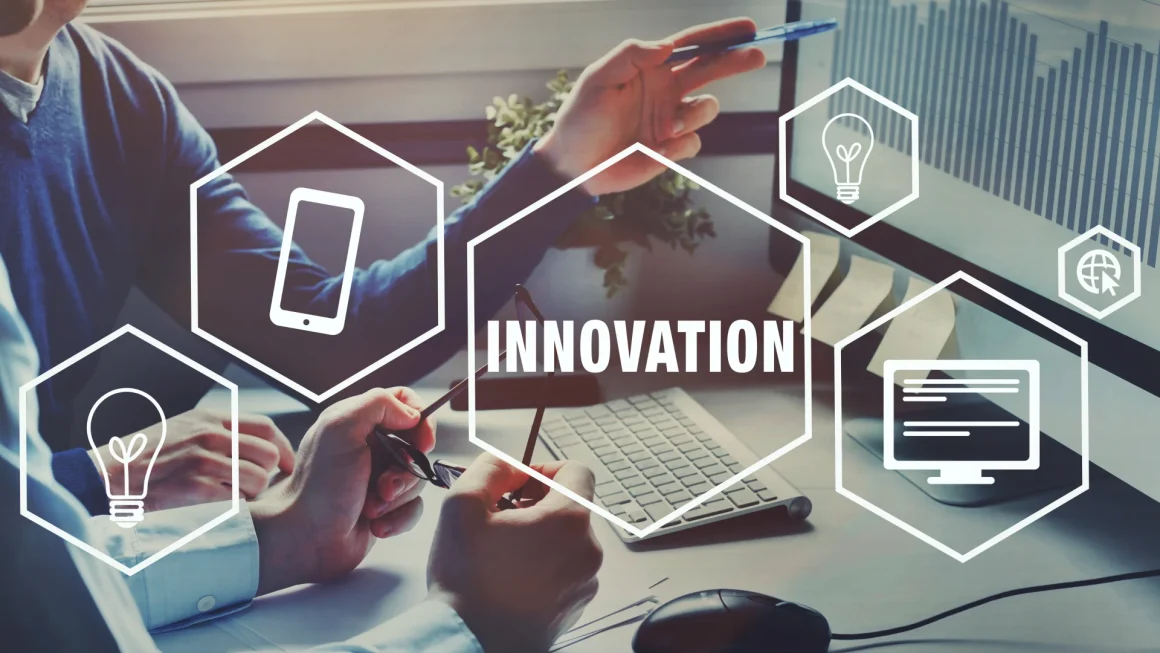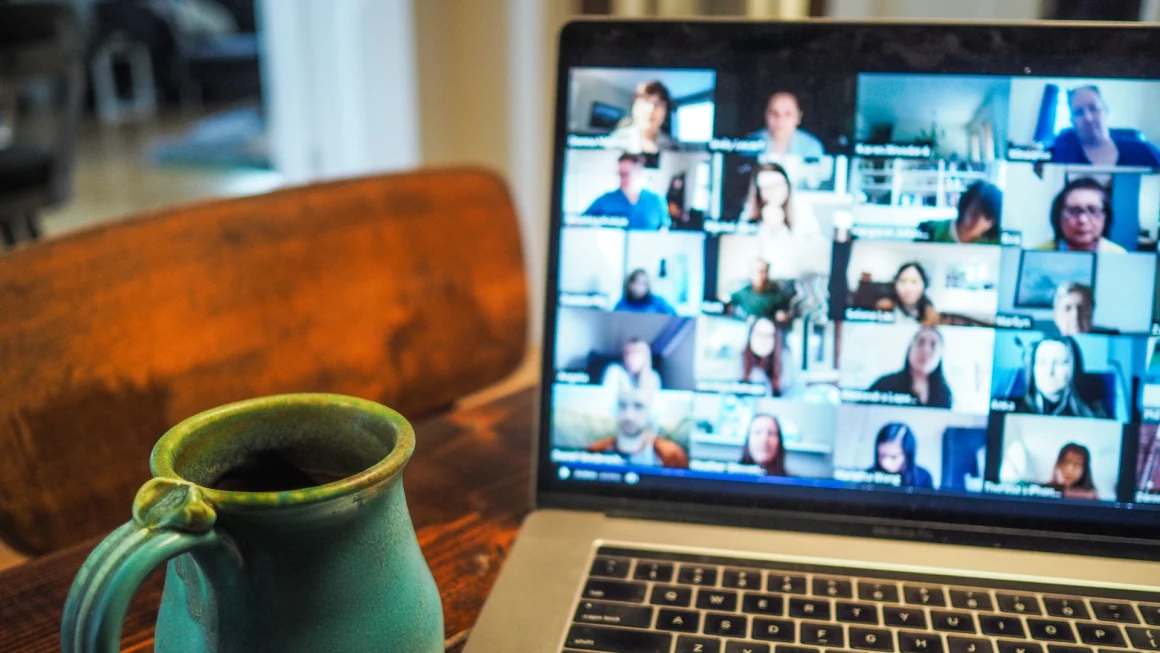The 5 drivers of change.
A story by Luís Rasquilha
It is a recurring theme to question the future of the companies in which we operate: what their relevance is, existence, perpetuity, etc. We looked at the largest companies 3 or 4 decades ago and compared them with today and found that those who dominate the markets today may not even exist 1 or 2 decades ago.
Uber, Netflix, Spotify, WhatsApp, Instagram, Facebook or Airbnb (and Google, Apple, etc.) to name a few, are just visible and mediatic examples of the transformations that the business world is regularly facing and that have been driving the so-called 4th Industrial Revolution.
In 2014, PWC did an interesting study on the dominant profile of companies in the future having published last year a recently update; BCG has published several papers on how we should analyze the business future; McKinsey has devoted a great deal of attention to the skills and profiles of the future of work; The World Economic Forum is a reference in these surveys; Several consulting firms have devoted time to look into this topic.
Lynda Gratton, author of The Change: The Future of Work Has Arrived, has systematized into 5 major drivers what companies need to consider in their futures if they are to survive.

The Technological Force comes first and seems to have been the right logic, as it is seen as one of the main foundations of today’s world, as well as the world to come. While not everyone has access to technology, the number of people connected virtually has grown significantly since a few years ago. By 2025, an estimated 5 billion people (out of a total of 8 billion people on the planet) will be connected as global awareness and familiarity with the internet is being created. Very soon, we will all be connected and communicating via the Internet, sharing all kinds of information, especially business, that will work almost 100 percent via the virtual world. Places such as meeting rooms or physical businesses may even cease to exist.
The second force is that of globalization. This force is the most powerful and the most comprehensive of all, for in a sense it comprises all the others. It is because of globalization that everything else happens: that technology evolves, expands and reaches more people; as the parameters and needs of society change and the world moves forward. And the so-called Digital Globalization is on the rise as it allows for greater collaboration and sharing of everything.

The third force is Demography and Longevity. This strength “is related to who is having babies and how long these babies will live. It is related to the number of people who work and how long they work. It is related to the five generations and how they will love each other and possibly hate each other. We started the twentieth century with 2 billion people and in 2011 we reached 7 billion. Exponential growth in the world population and an increase in life expectancy approaching 100 years is expected. More people, lasting longer.
The fourth force is the Strength of Society and how its structure can be strongly altered. Although our essence and values as human beings remain unchanged, the means we use to achieve certain ends have changed. Indigenous tribes continue to fish as they once did, but today they use a cell phone to communicate with the women staying in the dwellings. Like this, there are many other examples that illustrate this continuity of standards and values, to which some technology has been added. The crowd is organizing collaboration in all areas in search of better solutions to the world’s problems, demanding more from brands, companies and public institutions. It is normal to ask the group where to buy something or which brand to buy or not to buy. Evaluating each other is common already and companies are losing and winning business via the collaborative activity of the crowd.
The last of the forces is that of Energy Resources. Governments’ struggle to protect and even monopolize energy will, on the one hand, lead to resource scarcity and, on the other, reinforce the premise and awareness of the preservation and proper use of energy, which should result in a fair division of resources. For the entire world population. The issue of eco-sustainability increasingly focuses on the healthy continuity of business beyond mere concern for the planet and the environment, which makes perfect sense since without a planet we will have no perennial business.
To complement this reality, the growth of generations and the behavioral change of millennia have significantly altered the logic of work. Dematerialization, project work, multitasking squads, home office, virtualization, and mobile are common words in modern work environments where the rules of the 2nd Industrial Revolution (of the sequential value chain where each acts in its square to help build a whole) They are being revised to adopt new ways of acting inspired by the connected world of the 4th Industrial Revolution.
What are the big changes?
- Business is increasingly flexible, agile to change and primarily inspired and driven by customer needs.
- Technology is the major driver of change, taking purely operational jobs and making room for creativity and intellectual production.
- More than a pure financial result, companies need to ensure healthy continuity through their relevant intervention in the ecosystem.
- New professions are emerging and daily challenge current rules.
- New leaders emerge, ordinary people, so-called normal who assert themselves by their ability to foresee, create and especially execute.
- The challenge of execution overcomes that of creation.
And what companies can / should do with them:
- Updating / adjusting training content, both in universities and in companies, to better match the effective needs of future functions, thereby achieving better performing professionals and better performing companies can mean the difference between success and failure.
- Team building and management by leaders with a strong hands-on orientation and extensive knowledge experiences, especially considering international experiences should be a priority in the way of operating in the markets.
- The low recognition of inspiring idols / icons by the younger generation makes room for a more flexible working and evolutionary model where each can create and share new ways of doing business, rather than just trying to replicate models of who has already achieved success. This allows companies to develop more effective project engagement and management policies through greater autonomy of their teams.
- Collaborative environments focused on experiences and relationships motivate each other’s professional and individual growth and strengthen the bond with the company. Therefore, in the talent management strategy, moments of interaction and sharing of experiences and opinions should be considered.
- The long-term vision of companies, especially considering their role in this clearly defined vision of career development, is a decisive retention factor and should be considered in business strategy as important as management of clients or the fulfillment of operating result targets, for example.
- The balance between working life and personal life is becoming increasingly important, even over wages, especially in younger generations, considering that quality of life is as important as job performance.
- In a world increasingly connected and influenced by technological developments, the biggest challenge for companies and their managers is the ability to create and maintain engagement and commitment among their employees, either through greater management transparency or through how the company opens up to the new and explores, either through innovation, social or environmental interaction, new experiences, areas of activity or potential businesses.
This is a story of the Futurist Club
By Science of the Time
Written by: Luís Rasquilha

Disruptive Strategy Executive Program (Harvard Business School | HBX, USA), Advance Program in Strategic Management (Copenhagen Business School, DNK), there Antecipatory Organization Executive Course (Burrus Research, EUA), Trends Innovation Course (Inova Business School, BRZ, ), Post-MBA (Inova Business School, BRZ), Master in Creativity & Design Thinking (Stanford University, EUA), Master in Entrepreneurship & Management Innovation (UCP, PT), Post-graduation in Management (ISG, PT), MBA (ISCTE, PT), Post-graduation in Marketing (UCP, PT) & Graduation in Communication (INP, PT). Specialized in Future, Trends & Innovation.
Started his career in Worldwide advertising agencies (Publicis, Dentsu, Ogilvy and WOP, from W/Brasil) developing strategy analysis and innovation concepts for worldwide brands. Then as a consultant worked for several Top Brands. Now leads INOVA Consulting and INOVA Business School as CEO. As a consultant, worked with 10 of the 50 most innovative companies worldwide.
Invited professor in several Business Schools and Universities in Europe (Portugal — ISVOUGA, IPAM; Spain — Financial Times e Instituto de Empresa Business School, Corporate Learning Alliance — FT ie CLA) and South America (Brazil — FIA/USP, FDC, Hospital Albert Einstein and INOVA Business School). Board Member at G100 Brasil and Crypto bank Capitual. Author & co-Author of 18 books related to Management, Trends & Innovation, Marketing & Communication.
Specialties: Strategy, Future, Trends & Innovation.





